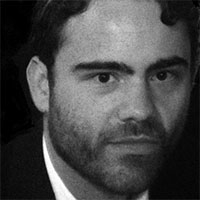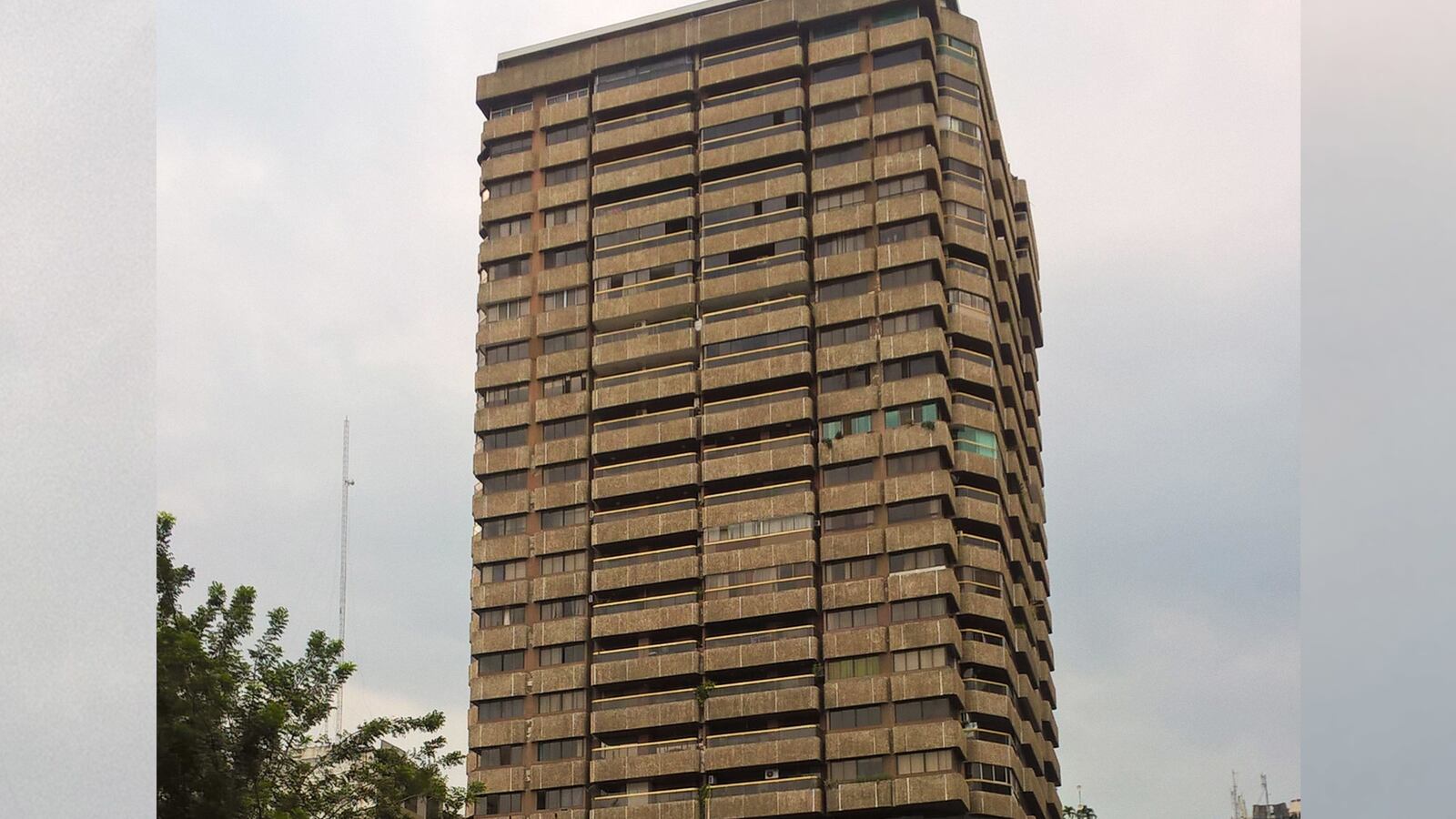GUAYAQUIL, Ecuador—The signs of stress are subtle at first. Life has resumed in the southern city of Guayaquil after a massive 7.8 magnitude earthquake struck Ecuador’s Pacific coast in April and wreaked havoc in this small South American nation. People have gone to work, shops are open, and bars offer a release from the national trauma.
But the aftermath is inescapable. Nearly every block is dotted with damaged buildings in the coastal city, and one can see the nervousness in the faces of the citizens as they walk near the cracked walls and foundations.
Is their concern warranted? Will their buildings withstand the test of the fault lines?
In the Plaza San Francisco, a gorgeous square built in 1702, another effect of the quake is visible. Those passing by tilt their heads upward. Police officers, firemen, and normal citizens all look to the building called San Francisco 300, a roughly 25-story tower with shops, a parking garage, and homes.
It seems the high-rise is leaning, and the people of Guayaquil are worried.
“I know you can’t see it, but if you look harder you’ll notice,” Diana Muñoz told The Daily Beast. Muñoz works at a phone shop in a building across the plaza from San Francisco 300. “The building is slanted away from us. We aren’t sure if it’s going to fall,” she said, as co-workers jointed in the conversation and the speculation.
The quake caused serious damage. The death toll surpassed 650 as rescue teams cleared rubble from the heavily affected cities of Ecuador’s coastal Manabi region, specifically Portoviejo and Perdenales, which were almost completely destroyed.
Guayaquil wasn’t as damaged, but long fissures in tall buildings can now be seen throughout the city. The coastal city of three million is Ecuador’s commercial center, and tall buildings and factories are visible throughout.
While many are convinced that San Francisco 300 is in danger of collapse, a representative of the building’s administration denied that the tower was leaning when The Daily Beast asked for comment. “It’s just not true,” the representative replied.
So, is it a legitimate concern, or the result of mass trauma?
Sandro Galea, a physician, epidemiologist, professor and dean at the Boston University School of Public Health, told The Daily Beast that there is “plenty of evidence” that suggests trauma expresses itself in a collective mentality, which can aggravate anxiety and concerns.
“If there’s a risk of the building falling, then their worries are reasonable,” Galea stressed in the interview.
It could be argued that the fear of any tall building falling is legitimate. There have been roughly 1,745 aftershocks, and fears of another strong quake are rampant.
Galea has spent years researching national shock, examining the effects of natural disasters and conflict on populations. Galea studied the subsequent mass trauma caused by Hurricane Katrina, conflicts in sub-Saharan Africa, the U.S. wars in Afghanistan and Iraq, and 9/11 terror attacks in New York.
“When [people] have experienced traumatic events, they’re more likely to be afraid of subsequent trauma, and the triggers,” which remind them of these experiences, he explained.
With frequent aftershocks and visible structural damage to remind them of their ordeal, it’s no wonder the residents of Guayaquil walk the streets with nervous faces.
Most people begin to see relief of symptoms approximately a year after the trauma ends, but they can remain for years.
Aside from the aftershocks, Ecuador is a nation full of potential natural disasters. In Quito, Ecuador’s largely unaffected capital, which sits in the middle of the Andean sierra, one can see at least two major volcanoes on a clear day: the 15,696-foot-tall Pichincha and 19,347-foot-tall Cotopaxi.
Until recently, most Ecuadoreans were comfortable with these mountainous threats. One of the nation’s most popular banks is named “Pichincha,” and Cotopaxi, which many people poetically translate as “Neck of the Moon,” is a popular tourist destination.
Nowadays, they cause concern. Cotopaxi began steaming in a renewed round of volcanic activity, and the next major eruption is only a matter of time.
When asked if other stressors like gigantic, soon-to-erupt volcanoes can exacerbate someone’s trauma, Galea replied: “Absolutely, the body’s physiology doesn’t distinguish between stressors, so yes.”
In terms of dealing with the phenomena, the experienced researcher said there was no agreed-upon approach for addressing national trauma. “The best thing to do is to educate people that these are real symptoms they’re having,” which can lead to debilitating pathologies.
“But it seems to me that being worried is rational fear,” Galea concluded.
Even in Quito, some of the aftershocks have sent citizens to the streets in panic. On May 18, an early morning 6.7 magnitude quake served as a nightmarish alarm clock, and by midday another 6.8 magnitude tremor seemed to confirm fears that the big one had come. Luckily, it hadn’t.
“We live with a backpack by the front door,” Daniel Masson, a 27-year-old resident of Quito, told The Daily Beast, referring to the common practice of placing a pack with nonperishable foodstuffs and bottled water near an exit. “When the big one comes, or when the volcano erupts, we have to be ready,” he said with a nervous smile.
In Guayaquil, with its leaning tower, things are worse. Gustavo Zuniga, president of the Association for Guayaquil’s Security, a branch of the mayor’s office, stressed in an interview that things were “under control” and that “life is normalizing,” pointing to the fact that transportation tunnels, city-run markets, telecommunication lines and the power grid are all functioning.
“We’ve completed an inventory of the damage. You could see that some buildings are damaged, but we also inspected many whose damage is internal, and we are prepared,” Zuniga continued, concluding by saying that the city is “implementing measurement to help prepare for another earthquake. We’re trying to prevent further loss of life.”
Ecuador’s economy is largely based on oil, and the cash-strapped Leftist government of President Rafael Correa was already dealing with a recession when the quake hit.
As a result, a “law of solidarity” was introduced, raising the value-added tax from 12 to 14 percent (still lower than most Latin American nations), and taxed residents who made over $1,000 at least one day’s salary. The minimum monthly salary in Ecuador’s dollarized economy is $364.
On top of the state-imposed solidarity, Ecuadoreans all over the country raised funds, sent care packages, and went out of their way to assist their countrymen.
In spite of the outpouring of help and concern, some still don’t feel safe. Back at the Plaza San Francisco, phone shop employee Muñoz told The Daily Beast that the current situation in Ecuador is “scary.” Her gaze was fixed on the leaning tower. “I want to leave,” she said.





